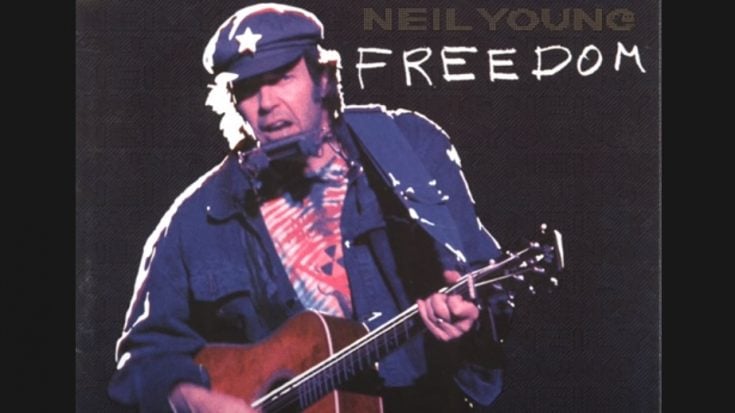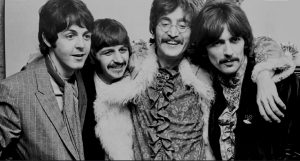These 3 Neil Young Songs Completely Sums Up The 1960 and 1970s Rock Era

Album cover for Neil Young's "Freedom" - neilyoungchannel / Youtube
Neil Young is a major figure in rock music history. His lyrics often touch on themes like societal issues, personal reflections, and strong emotions. His music not only resonates with the personal experiences of his listeners but also powerfully encapsulates the cultural and political atmosphere of the 1960s and 1970s. Here are three Neil Young songs that particularly highlight these turbulent decades:
“Ohio”
“Ohio” is not just a song; it’s a raw outcry against violence. Neil Young penned this track after the May 4, 1970, shootings at Kent State University, where National Guardsmen fired on students protesting the Vietnam War, killing four. The lyrics, coupled with the urgent, almost piercing delivery, channel the shock and collective grief felt across the nation. The refrain “Four dead in Ohio” serves as a haunting reminder of the day’s events and has etched itself into the annals of protest music. This song became an anthem of an era, symbolizing the resistance and mourning of a generation in turmoil.
Furthermore, “Ohio” underscores the power of music as a form of protest. Its immediate release following the Kent State incident (barely a month later) demonstrated how swiftly music could respond to current events and galvanize public sentiment. The song’s raw emotion and straightforward narrative convey complexity and depth, inviting listeners to not only remember the events but also to feel the weight of their impact.
“Heart Of Gold”
A contrast to the intense “Ohio,” “Heart of Gold” is reflective and soothing—a search for simplicity and sincerity in an ever-changing world. Released in 1972, this song captures Young’s quest for lasting connections and fundamental truths, themes that resonated deeply during a time of political and social upheaval. The harmonica and gentle guitar work complement Young’s vocals, creating a sense of intimacy that invites listeners into his journey.
This track stands out as one of Young’s most beloved songs, achieving a rare blend of commercial success and artistic integrity. In “Heart of Gold,” listeners find a moment of respite and contemplation amid the era’s noise. It speaks to the longing for a pure, unchanging kernel of goodness—a ‘heart of gold’—amidst the complexities of human experience. The song, reflective of Young’s folk roots, also demonstrates his ability to connect with a wide audience through relatable themes and melodic sound.
“Cinnamon Girl”
“Cinnamon Girl,” from Young’s 1969 album with Crazy Horse, “Everybody Knows This Is Nowhere,” bursts with energy and a touch of raw-edged mystery. It’s said to reflect Young’s whimsical yet passionate nature, weaving a tale of youthful aspiration and romantic idealism. The song, driven by a distinctive guitar riff and robust vocals, conveys a sense of urgent longing mixed with a dream-like quality. It captures the vibrant spirit of the late 1960s, a time marked by a collective yearning for deep, transformative change.
Moreover, “Cinnamon Girl” exemplifies the experimental and boundary-pushing aspects of rock music during this era. The tune’s structure and the almost gritty texture of the guitar work mirror the wild, free-spirited optimism that defined much of the youth culture at the time.











